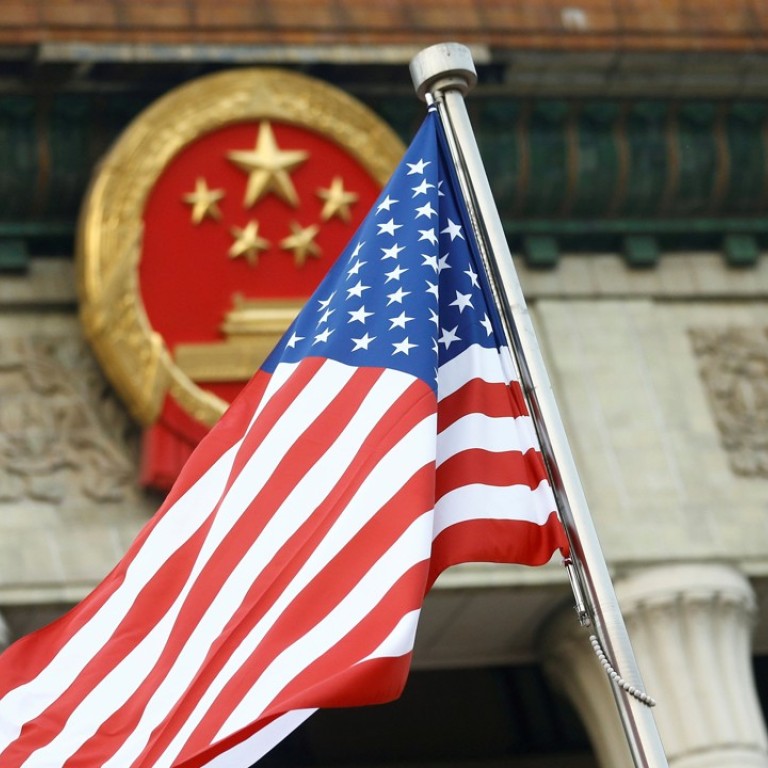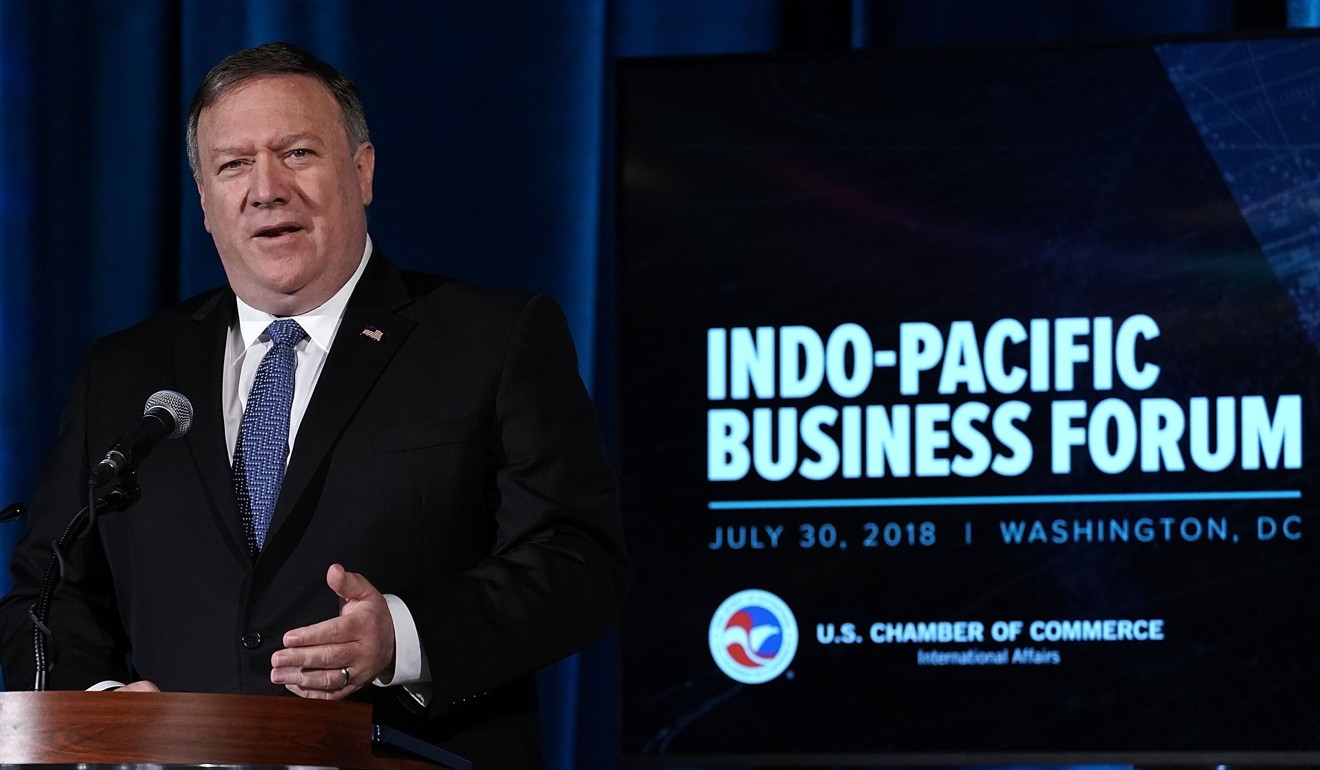
US aims to curb China’s dominance in trade
The United States’ much-hyped Indo-Pacific Strategy is a tool to counter what it sees as China’s quest for economic and political hegemony in the region via its global trade network
The United States’ much-hyped Indo-Pacific Strategy (IPS), a US$113 million initiative for infrastructure development, is a mere drop in the ocean compared to China’s multi-trillion-dollar investments in its “Belt and Road Initiative”.
However, for the US, it is merely a tool to counter what it sees as China’s quest for economic and political hegemony in the region via its global trade network, says Anu Anwar, a master’s candidate in public policy for sustainable development at Tsinghua University in Beijing, who says the US wants to give countries another option to seek infrastructure funding outside the Asian Development Bank and China’s plan to increase global trade.
“First of all, we need to understand the notion and background of these two initiatives,” said Anwar. “The US is already the de facto hegemonic country in the world, and possesses around 800 military bases in 70 countries, and it is an apparent unparalleled superpower. It is highly unlikely to feel the urgency to take over more ports or lands for further militarisation or whatever the purpose for further usage.
“China is a new rising power and the world’s second-largest economy which is highly dependent on exports that account for 40 per cent of its total GDP. China is facing enormous challenges in border areas, especially the coastal region on the southeast and inland areas around the autonomous region in the southwest. In addition, her vulnerability in the Strait of Malacca prompted China to secure strategic locations such as Hambantota [in Sri Lanka] or Gwadar [in Balochistan province, Pakistan].
“It seems the US will consider strategic advantages to win over China through using her soft power and technological advantages and counter China with a wide range of tools, apart from its Indo-Pacific Strategy, such as the trade war.”

Anwar described it as a “new era in US economic commitment to peace and prosperity in the Indo-Pacific” in the hope that Asian countries will make the most of US largesse to invest in development programmes without becoming enslaved, as is seemingly happening with Chinese projects such as Sri Lanka’s Hambantota port.
“Even though the Chinese narrative always tends to say that it does not look for hegemonic status or to challenge the US status quo, since President Xi Jinping came to power many substantive measures such as the ‘Belt and Road Initiative’ and the Asian Infrastructure Investment Bank have been taken so far, which make it obvious that these are threats to US interests far beyond the Asia-Pacific region,” he said.
“Consequently, the Pentagon sees China as a prime strategic threat. The depth and urgency to counter China are pretty obvious now, and in the coming days we may see more assertive policies which wouldn’t be only financially driven, instead of a comprehensive package which embodied various tools including the implicit one.”
While not mentioning China, Pompeo’s speech clearly alluded to what is perceived as a hegemonic threat, with the secretary of state at pains to explain IPS’ “free and open” intentions – in contrast to what is felt to be China’s implicit quest to exert its influence in countries along the “Belt and Road Initiative” trade routes.
“This region is one of the greatest engines of the future global economy, and it already is today. And the American people and the whole world have a stake in the Indo-Pacific’s peace and prosperity. It’s why the Indo-Pacific must be free and open,” he said. “For those of you who might not be familiar with our terminology of ‘free and open’, I want to just spend a minute talking about what it is this administration means when it uses that language.
“When we say ‘free’ Indo-Pacific, it means we all want all nations, every nation, to be able to protect their sovereignty from coercion by other countries. At the national level, ‘free’ means good governance and the assurance that citizens can enjoy their fundamental rights and liberties,” Pompeo added.
“When we say ‘open’ in the Indo-Pacific, it means we want all nations to enjoy open access to seas and airways. We want the peaceful resolution of territorial and maritime disputes. This is key for international peace and for each country’s attainment of its own national aims.
“Economically, ‘open’ means fair and reciprocal trade, open investment environments, transparent agreements between nations, and improved connectivity to drive regional ties – because these are the paths for sustainable growth in the region,” Pompeo said.
The US conducts US$1.4 trillion worth of two-way trade with Indo-Pacific nations along with a cumulative US$805 billion in foreign direct investment.

